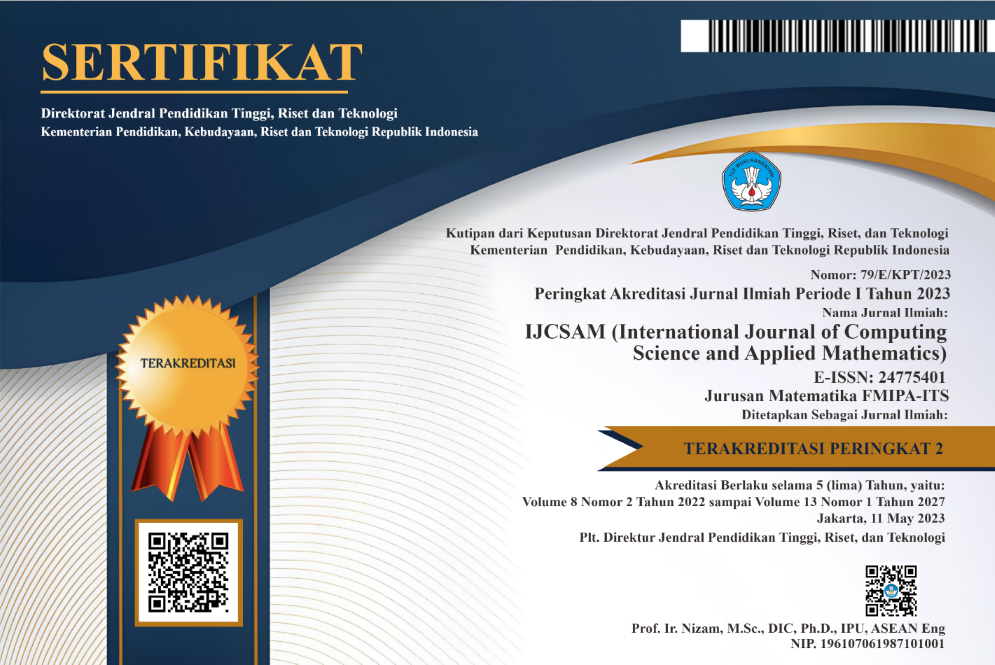Development of Drowsiness Detection System for Drivers using Haar Cascade Classifier and Convolutional Neural Network
Abstract
Full Text:
PDFReferences
A. Amodio, M. Ermidoro, D. Maggi, S. Formentin, and S. M. Savaresi, “Automatic detection of driver impairment based on pupillary light reflex,” IEEE transactions on intelligent transportation systems, vol. 20, no. 8, pp. 3038–3048, 2018.
I. Imanuddin, F. Alhadi, R. Oktafian, and A. Ihsan, “Deteksi mata mengantuk pada pengemudi mobil menggunakan metode viola jones,” MATRIK: Jurnal Manajemen, Teknik Informatika dan Rekayasa Komputer,
vol. 18, no. 2, pp. 321–329, 2019.
R. Tamanani, R. Muresan, and A. Al-Dweik, “Estimation of driver vigilance status using real-time facial expression and deep learning,” IEEE Sensors Letters, vol. 5, no. 5, pp. 1–4, 2021.
S. Ansari, F. Naghdy, H. Du, and Y. N. Pahnwar, “Driver mental fatigue detection based on head posture using new modified relu-bilstm deep neural network,” IEEE Transactions on Intelligent Transportation Systems, vol. 23, no. 8, pp. 10 957–10 969, 2021.
V. P. Sharma, J. S. Yadav, and V. Sharma, “Deep convolutional network based real time fatigue detection and drowsiness alertness system,” Int. J. Electr. Comput. Eng, vol. 12, no. 5, pp. 5493–5500, 2022.
S. Bakheet and A. Al-Hamadi, “A framework for instantaneous driver drowsiness detection based on improved hog features and na¨ıve Bayesian classification,” Brain Sciences, vol. 11, no. 2, p. 240, 2021.
V. P. Sharma, J. S. Yadav, and V. Sharma, “Deep convolutional network based real time fatigue detection and drowsiness alertness system,” Int. J. Electr. Comput. Eng, vol. 12, no. 5, pp. 5493–5500, 2022.
F. Liu, D. Chen, J. Zhou, and F. Xu, “A review of driver fatigue detection and its advances on the use of rgb-d camera and deep learning,” Engineering Applications of Artificial Intelligence, vol. 116, p. 105399, 2022.
A.-C. Phan, T.-N. Trieu, and T.-C. Phan, “Driver drowsiness detection and smart alerting using deep learning and iot,” Internet of Things, vol. 22, p. 100705, 2023.
DOI: http://dx.doi.org/10.12962%2Fj24775401.v10i2.21955
Refbacks
- There are currently no refbacks.
View My Stats

International Journal of Computing Science and Applied Mathematics by Pusat Publikasi Ilmiah LPPM, Institut Teknologi Sepuluh Nopember is licensed under a Creative Commons Attribution-ShareAlike 4.0 International License.
Based on a work at https://iptek.its.ac.id/index.php/ijcsam.






